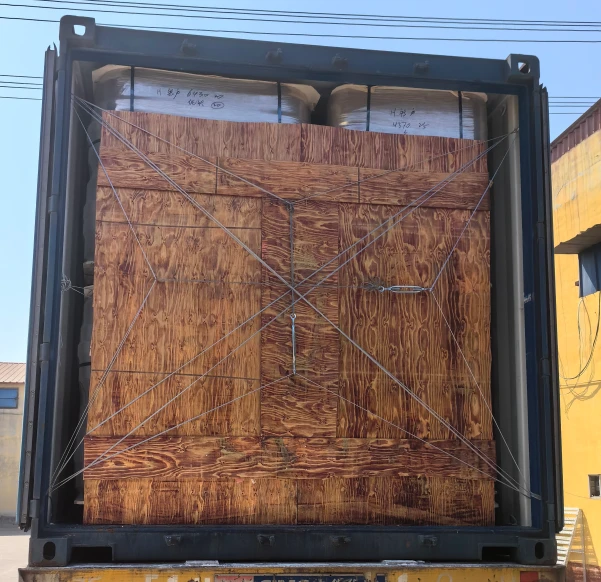9 月 . 28, 2024 11:31 Back to list
Composition of Materials Used in Brake Drum Manufacturing and Their Impact on Performance
Composition of Brake Drum Materials Key Factors and Innovations
Brake drums are critical components of the braking system in many vehicles, particularly those employing drum brakes. These components must endure significant stress, heat, and friction, necessitating materials that combine durability, thermal resistance, and cost-effectiveness. Understanding the composition of brake drum materials is vital for improving safety, performance, and longevity in braking systems.
Typical Materials Used
Traditionally, brake drums are made from cast iron, primarily due to its excellent wear resistance and thermal properties. Cast iron, composed mainly of iron with a small percentage of carbon (usually 2-4%) and silicon, provides a good balance between strength and machinability. Its ability to dissipate heat effectively enhances the overall performance of the braking system, as overheating can lead to brake fade, compromising vehicle safety.
However, advancements in material science have led to alternative compositions that aim to improve performance further. One notable option is the use of composite materials, which can include a blend of various metals and polymers. These composites typically consist of reinforced fibers, such as carbon or glass, embedded in a matrix of resins, providing lightweight yet highly robust drum designs. The primary advantage of using composites is their lower weight, which contributes to improved vehicle fuel efficiency without sacrificing braking performance.
Innovations in Brake Drum Technology
As automotive technology evolves, the need for higher performance brake systems has led to the exploration of new materials. One such innovation is the use of aluminum alloys for brake drums. Aluminum offers a significant weight reduction compared to traditional cast iron while maintaining adequate strength and heat dissipation properties. By carefully engineering aluminum alloys, manufacturers can create drums that not only reduce vehicle weight but also enhance overall responsiveness during braking.
brake drum material composition

Additionally, the introduction of ceramic materials in brake drum construction is another innovative trend. Ceramics provide high thermal stability and resistance to wear and corrosion. Their lightweight nature and ability to withstand higher temperatures make them suitable for high-performance applications, such as sports cars and heavy-duty vehicles that require exceptional braking performance.
Environmental Considerations
The composition of brake drum materials also has environmental implications. As awareness of sustainability grows, the automotive industry is increasingly focusing on using recycled materials in manufacturing. Recycled metals can significantly reduce the carbon footprint associated with producing new materials. By incorporating recycled content, manufacturers can create environmentally friendly products without compromising performance and safety standards.
Furthermore, research into bio-based polymers for composite materials presents another avenue for enhancing the environmental profile of brake drums. These materials not only reduce dependency on petroleum-based products but also offer the potential for biodegradability at the end of their lifecycle.
Conclusion
The composition of brake drum materials plays a vital role in ensuring vehicle safety, performance, and sustainability. While cast iron remains a prevalent choice due to its established performance features, ongoing innovations in materials science are paving the way for lighter, more efficient alternatives. The shift toward composite materials, aluminum alloys, and ceramics reflects a broader trend in the automotive industry striving for enhanced performance amid increasing environmental concerns.
As we advance, it is essential for manufacturers to balance the demands of safety, cost, and environmental impact. Continued research and development will likely lead to the emergence of new materials and technologies that further improve the capabilities of brake drums, ultimately contributing to safer and more efficient vehicles on the road.
-
Brake Drum for Kamaz Trucks Durable OEM Replacement & High Performance
NewsMay.30,2025
-
Brake Drum Man High-Quality Drum Brake & Shoe Solutions
NewsMay.30,2025
-
High-Performance Brake Drum for Kamaz Trucks Durable Drum Brake Components
NewsMay.29,2025
-
Brake Drum Man High-Quality Drum Brake Drums & Brake Shoes
NewsMay.29,2025
-
Brake Drum MAZ High-Performance & Durable Replacement Parts
NewsMay.29,2025
-
heavy truck brake drums
NewsMar.07,2025
